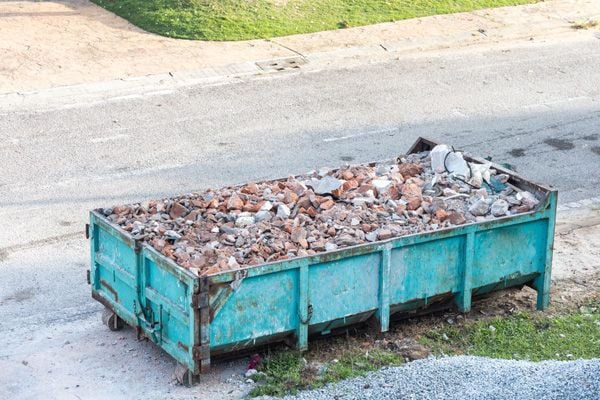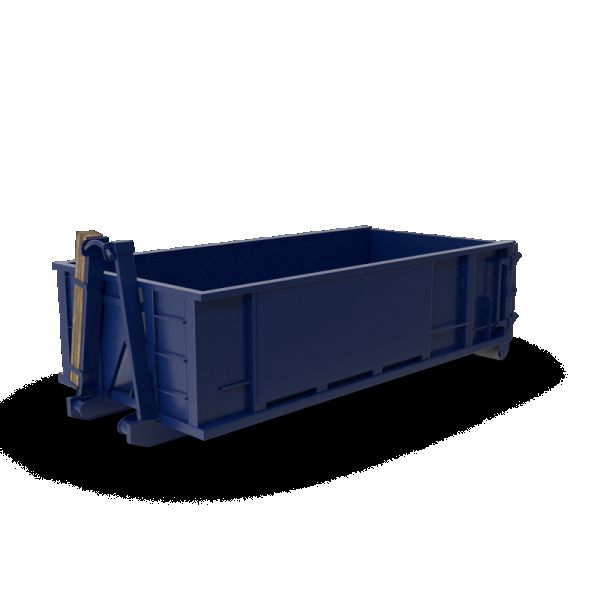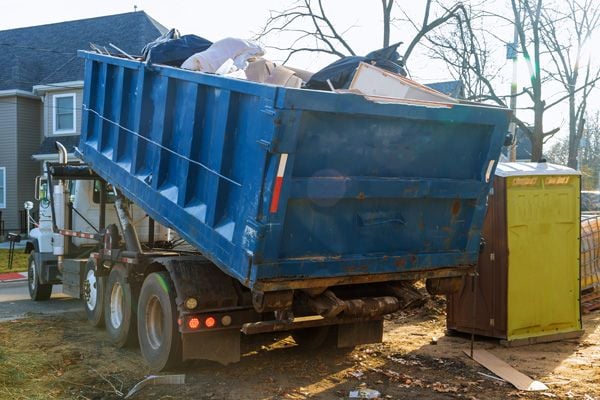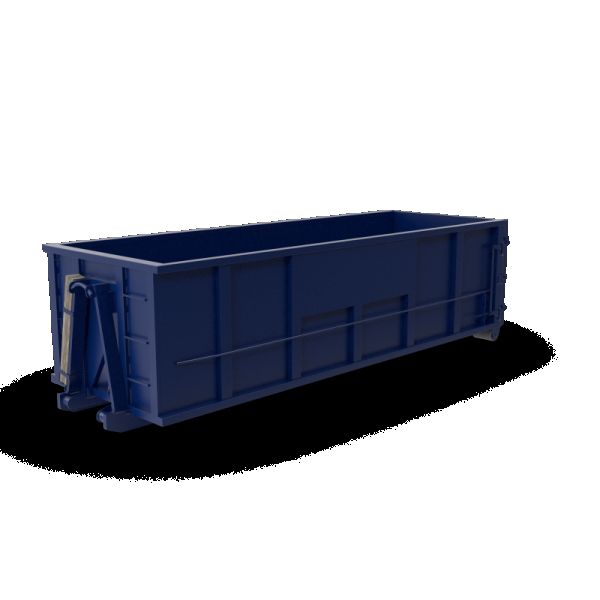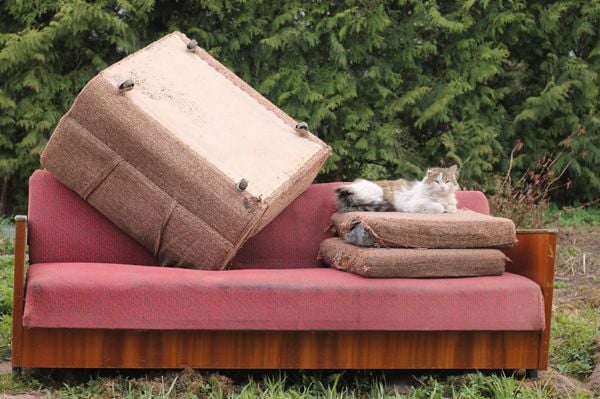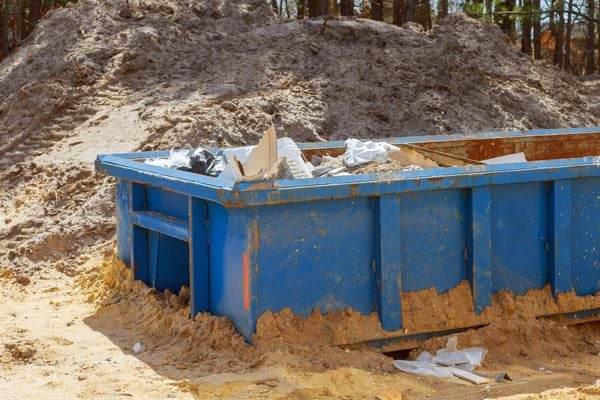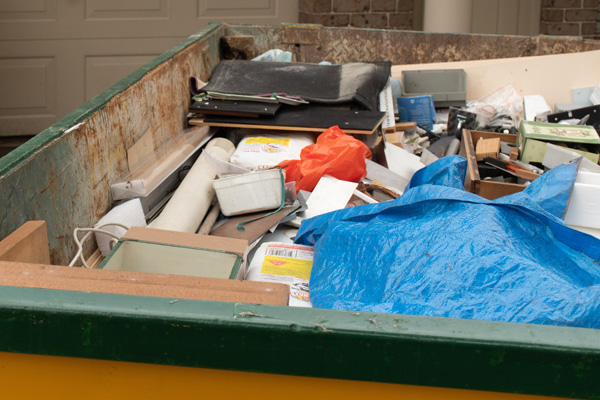How To Rent A Dumpster For A Community Solar Project
The use of renewable energy sources such as solar and wind power has become increasingly popular in recent years, with communities across the United States embracing these sustainable technologies. One way to maximize this potential is through community-based initiatives that combine many households into a single project. However, renting a dumpster for such a project can be an intimidating prospect, especially if you are unfamiliar with the process. This article will provide information on how to rent a dumpster for a community solar project, outlining key considerations and steps involved in the process. Additionally, it will give helpful tips on finding the right size of bin and other important factors. By following these guidelines, readers should have all the necessary tools to ensure their rental experience goes as smoothly as possible. Overview Of Solar Waste Removal Services Solar energy is a rapidly growing sector of the economy, and with it comes an added responsibility to manage its waste. Solar waste removal services provide resources for dumpster rental and disposal needs associated with solar projects. The right-sized container can make all the difference when dealing with hazardous materials or large construction jobs. Waste management companies offer reliable solutions that are tailored to fit any job’s requirements, from junk removal to specialized containers designed specifically for solar panel installation. When considering renting a dumpster for a community solar project, it is important to consider size and weight limitations as well as local regulations on handling hazardous substances. Dumpsters come in various sizes depending on the type of job being completed; smaller ones may be suitable for light clean-up tasks while larger models may be necessary for heavier waste such as roofing shingles and other bulky items. Additionally, some providers specialize in customizing the size of their containers to meet specific customer needs. No matter what kind of project is underway, proper waste management procedures must be followed in order to ensure safety during the process and prevent environmental damage afterwards. Professional advice should always be sought when selecting dumpsters aimed at managing solar waste, as understanding local rules and regulations is essential in avoiding costly mistakes down the line. Transitioning into recommended containers for solar jobs requires careful consideration of both need and budget constraints in order to maximize efficiency while minimizing costs. Recommended Containers For Solar Jobs When it comes to a community solar project, dumpster rentals are often necessary for debris clean up and disposal. Depending on the type of debris generated by the project, there are two types of rental dumpsters that may be recommended: commercial dumpsters and construction dumpsters. The process for renting a dumpster is relatively straightforward, although not all rental companies offer the same services or terms. Some key points to consider when researching potential service providers include their customer service policies, delivery times, weight limits and associated fees. Additionally, some services may require proof of insurance or special permits prior to delivery – make sure these requirements have been met before proceeding with the rental process. Having identified an appropriate container solution for your solar project’s debris removal needs, you may still need additional assistance with solar debris disposal in order to ensure compliance with local regulations. Additional Assistance With Solar Debris Disposal The completion of a community solar project can create a great deal of debris that needs to be disposed of. When it comes to disposing the waste created by such projects, dumpster rental is an effective and efficient solution. Depending on the size and scope of the job, there are various types of dumpsters available for rent. A yard dumpster is ideal for small scale jobs with minimal debris, while larger projects may require multiple cubic yard dumpsters for disposal. When looking into dumpster rental services, it’s important to consider factors like size availability, pickup schedules, and cost when making your selection. Most companies offer pricing based on volume and type of material being discarded—so make sure you understand all costs associated with renting a specific dumpster before finalizing your decision. Additionally, most reputable companies will include delivery fees in their rental prices. Make sure to ask about any additional fees or surcharges prior to agreeing upon a price. For those interested in recycling some materials from their solar project, many dumpster services now offer supplies for doing so. These supplies vary depending on where you live but typically consist of bins specifically designed for collecting recyclables as well as bags used for sorting them out once they have been collected. It’s worth researching what options are available in order to decrease landfill waste from your solar project and increase environmental benefits from its completion. Supplies For Recycling Solar Waste When renting a dumpster for a community solar project, it is important to understand what supplies can be recycled and how they are categorized. Solar waste includes materials such as glass panels, wiring, frames, and other components that need to be disposed of in an eco-friendly manner. To help with this process, most rental companies have access to facilities that specialize in the recycling of solar waste. The table below outlines the types of yard waste accepted by some of these recycling centers along with their weight limits and daily rates: | Yard Waste | Weight Limits (lbs) | Daily Rates ($) | |—|—|—| |Batteries & Wiring | 800 lbs per day | $30/day | |Glass Panels & Frames | 500 lbs per day | $50/day | |Roofing Materials & Metals | 1000 lbs per day | $40/day | Most rental companies provide a variety of sizes for the containers used to store the solar waste, ranging from 10–20 yards in capacity. The average cost of renting one container ranges between $150-$500 depending on its size and location. Additionally, there may also be additional fees associated with disposing hazardous material which should always be considered when planning the project budget. What Constitutes Hazardous Material? Renting a dumpster for a community solar project is an important decision. Many companies specialize in renting
How To Rent A Dumpster For A Community Solar Project Read More »


